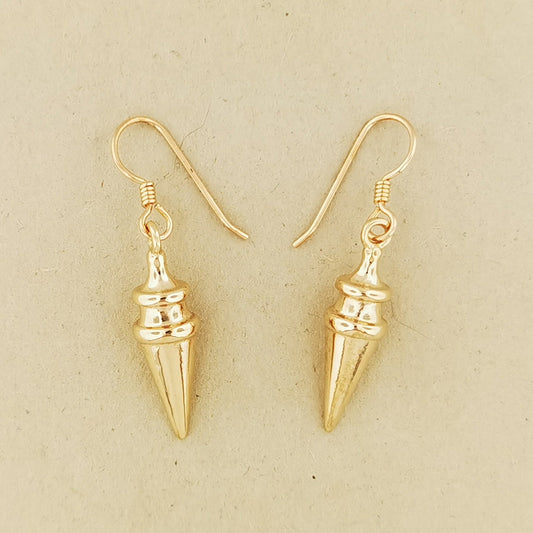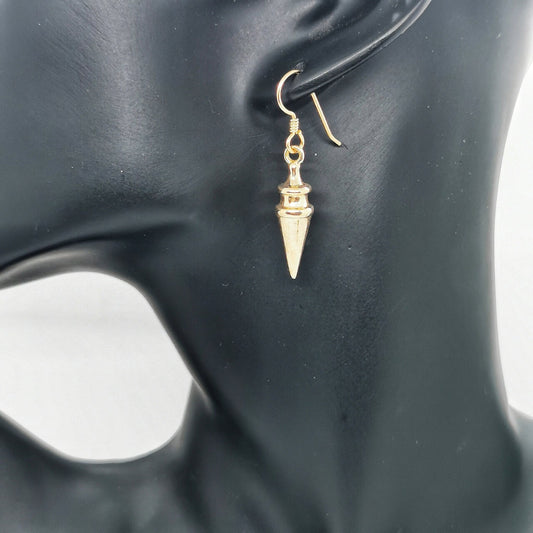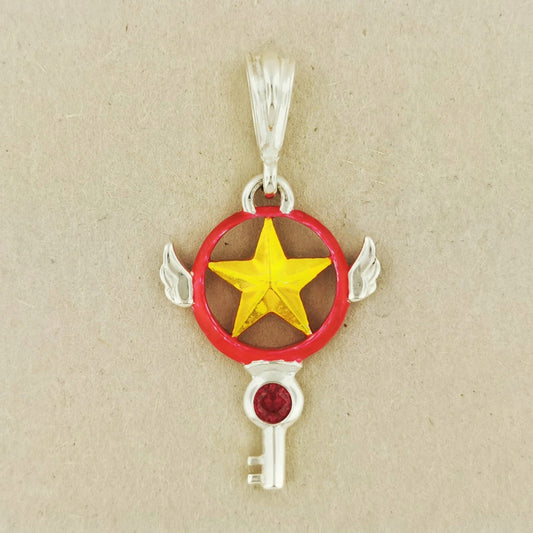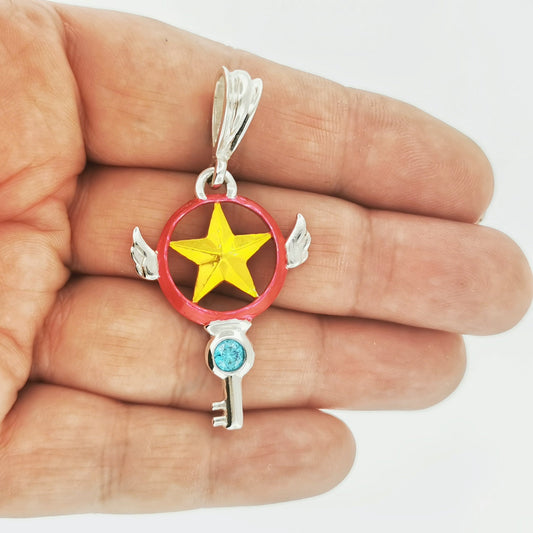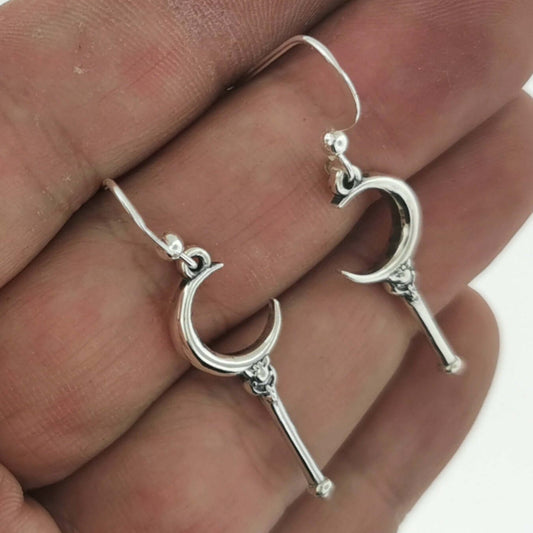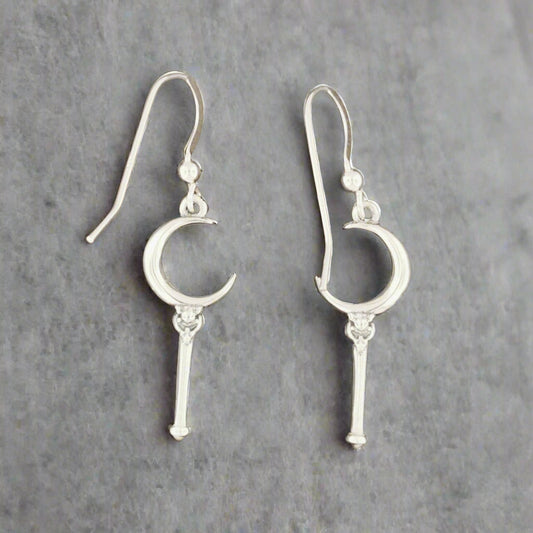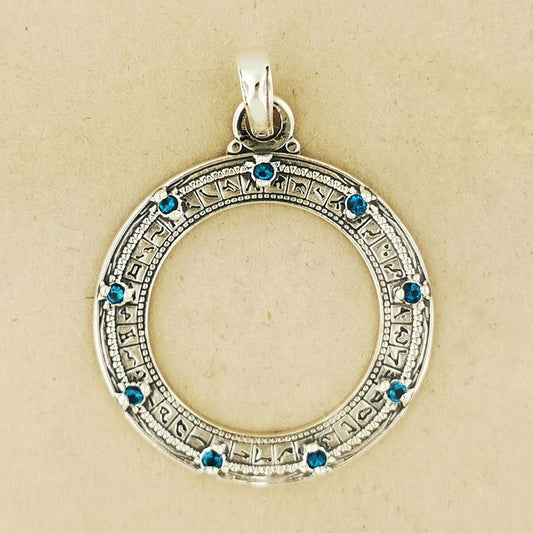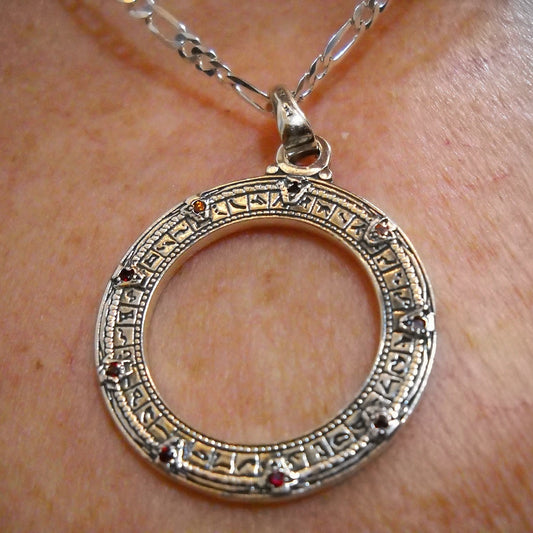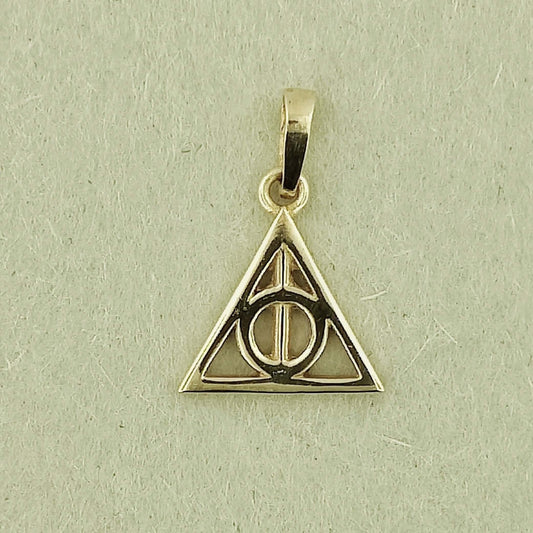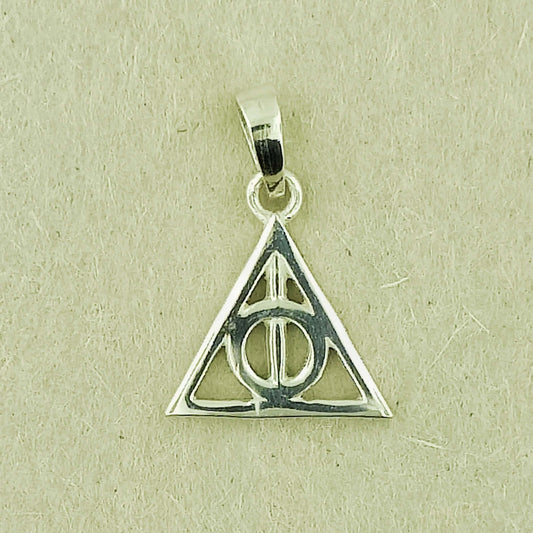Lughnasadh: The Golden Harvest

George Cole, Harvest Rest, Public Domain
As summer starts to ripen and the fields begin to turn golden, it’s time to mark one of the oldest seasonal festivals—Lughnasadh, also known as Lammas. Whether you're Pagan, Wiccan, spiritual, or just love any reason to celebrate the harvest, this vibrant day in early August is steeped in history, gratitude, and a good dose of celebration. So, what’s it all about? Let’s dig in.
What is Lughnasadh (Lammas)?
Lughnasadh (pronounced LOO-nah-sah) falls on August 1st, or halfway between the summer solstice and fall equinox. It’s the first of the three traditional harvest festivals in the Pagan Wheel of the Year (followed by Mabon and Samhain). Lammas is the Anglo-Saxon name that translates to "loaf-mass," referring to the first bread baked from the year’s grain.

It marks the beginning of the grain harvest—a big deal in ancient times when the success of the harvest could determine a community’s survival through the winter.
A Bit of History: Gods, Games & Grain
Lughnasadh is named after the Irish god Lugh, a multi-talented deity known for his skills in craftsmanship, poetry, war, and magic. According to Celtic legend, Lugh started the festival in honour of his foster-mother, Tailtiu, who died of exhaustion after preparing the land for agriculture.

https://mythdancer.blogspot.com
Back in the day, people celebrated with great gatherings, athletic competitions, feasts, and seasonal markets. Think of it like an ancient country fair—games, food, music, and lots of social mingling.
What Do Pagans and Wiccans Believe About Lughnasadh?
For modern Pagans and Wiccans, Lughnasadh is a time of gratitude, sacrifice, and reflection. It’s a spiritual checkpoint: you take stock of what you’ve sown (both literally and metaphorically) and honour the cycle of life, death, and rebirth.
Some traditions include baking symbolic breads, offering a portion of the first harvest to the gods or spirits, and gathering with community or coven for rituals, drumming, and dancing.
How Is Lughnasadh Celebrated Today?
Depending on where you live and what your tradition looks like, Lughnasadh can range from a formal ritual to a backyard barbecue with a spiritual twist. Some people gather in sacred circles, while others bake bread with family or host a harvest dinner.

https://www.patheos.com/blogs/pagantama
In many parts of the world, Pagan and Wiccan communities hold public celebrations, festivals, and rituals in local parks, forests, or homes.
What If You’re Celebrating at Home?
You don’t need a field of wheat or a fancy altar to celebrate Lughnasadh at home. Here are a few simple and meaningful ideas:

- Bake bread – seriously, any kind! It's the most traditional way to honour the grain harvest.
- Cook a seasonal meal using local veggies and fruits.
- Reflect on your personal “harvest” – journal about what you've accomplished this year.
- Light a candle and give thanks for what you’ve grown (physically, emotionally, spiritually).
- Craft with natural items – corn dollies, herb bundles, or harvest-themed decorations.
- Have a little feast, solo or with friends, and take a moment to acknowledge the turning of the year.
Why Lughnasadh Still Matters Globally
Even in our modern world of grocery stores and year-round strawberries, there’s something grounding about reconnecting with the rhythms of the earth. Lughnasadh invites us to pause, reflect, and give thanks, whether we’re urban apartment dwellers or rural gardeners.
It’s a time to remember that nothing grows forever—there’s a season to plant, to tend, to harvest, and to rest. And in a world that moves at full speed 24/7, a holiday that honours rest and reflection might just be more relevant than ever.
Thanks for reading,


